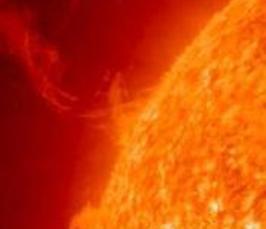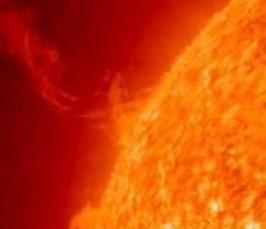Ellerman bombs and UV bursts are transient brightenings that are ubiquitously observed in the lower atmospheres of active and emerging flux regions. While some Ellerman bombs display clear UV burst signatures, not all have correlated UV signal or vice versa, suggesting the underlying atmospheric and magnetic properties may differ between events. As both are believed to pinpoint sites of magnetic reconnection in reconfiguring fields, understanding their occurrence and detailed evolution may provide helpful insights in the overall evolution of active regions. Here we present results from observations and inversions of SST/CRISP and CHROMIS, as well as IRIS data of these transient events. At unprecedented spatial resolution the CHROMIS Ca II H & K observations reveal dynamic fine structure suggesting a plasmoid-mediated reconnection process. We investigate several cases, combining information from the Mg II h & k and Ca II 8542Å and H & K lines in order to infer the temperature stratification and magnetic field configuration within which these events occur. I’ll address the difficulties of successfully inverting their Si IV profiles and will discuss our results in light of the current debate on the connection between UV bursts and Ellerman bombs, their occurrence heights and in particular the temperatures that they may (or may not) reach.
[mehr]

